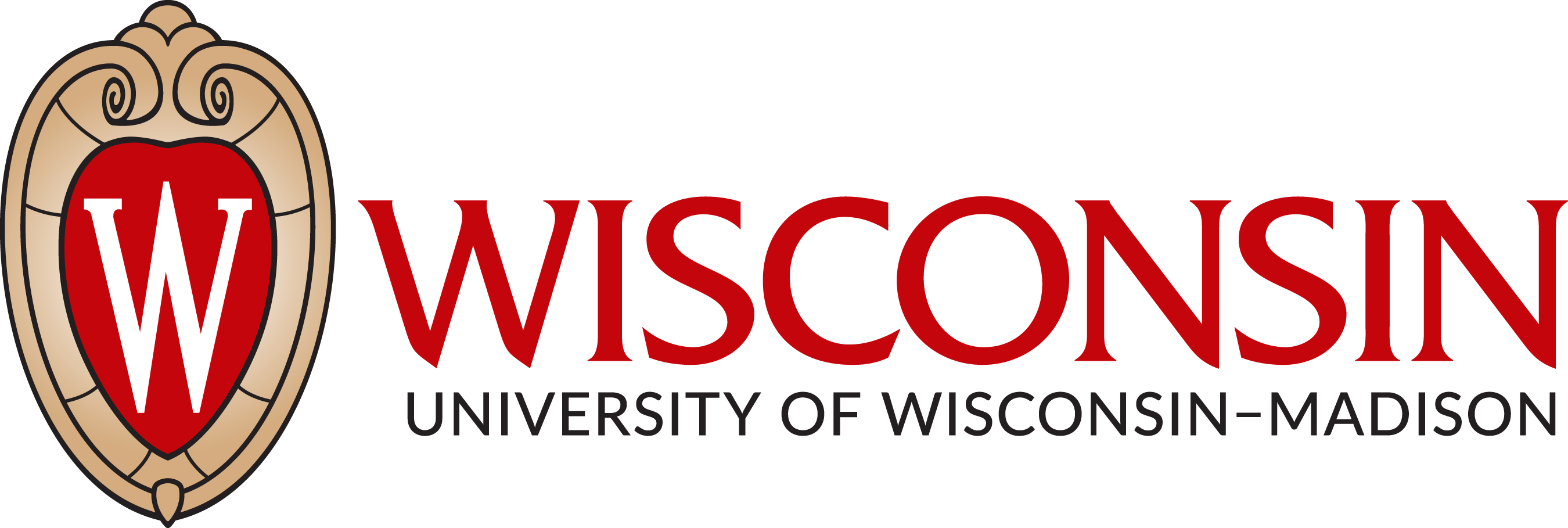Main Body
1 Foraging for Fungi in Wisconsin
By Andrew Turner (+ content from the Madison Mycological Society)
First, a disclaimer:
To the extent possible under all present laws and regulations, all members of the Madison Mycological Society including directors, officers, other members, and guests are not responsible for things that go into your mouth.
We are happy to provide general guidelines and identification, but it is ultimately up to an individual (and their confidence in their own understanding of what a particular foraged specimen is) to decide whether or not to consume it.
Please do not eat things if you don’t know what they are, and please also be aware of poison control resources in areas where you plan to forage or consume foraged items.
Locations, Guidelines, and Tips
Harvestable Areas
Many of the best foraging spots are on public land or land owned by the various levels of government (National, State, County, municipal) and managed to permit human use. Within Wisconsin it’s generally legal to forage for non-commercial, personal use in State Land (parks, natural areas, and trails). Foraging non-commercial, personal use in many county parks is also legal, but we recommend confirming those regulations with county agencies (often this information is posted on their respective websites).
That said, if the location is named or referred to as a preserve or conservancy, typically that indicates that land is reserved and managed habitat that should not be disturbed by humans (especially off designated trails). Foraging on these kinds of lands are typically strictly prohibited, however there may be a permitting system for researchers or land managers. Do not forage in these areas without expressed permission from the managing agency.
Last, but not least there is private land which may belong to you or other individuals or groups of individuals. Like preserves or conservancies, foraging on this land without the express permission of the land owner is generally illegal. Be sure to keep an eye out for ‘No Trespassing’ signs ,and importantly, be sure to know the rules for the locations you plan to forage ahead of time.
Ethical harvest
The most important consideration for ethical harvest is positive identification. Positive identification primarily boils down to ‘knowing what you’re harvesting.’ The kingdom of fungi (and plants and other forgeables) is vast, so it is of the utmost importance that foragers recognize the species they are foraging and know about that particular organism’s life cycle. What is sustainable harvest for one species may not be sustainable for others. Additionally, as foragers we can recognize when a particular organism is considered invasive, or so plentiful to the point where it is outcompeting native species. It is often advisable to remove all parts of those invasive organisms when possible to prevent their spread.
In the case of fungi, the actual mushrooms, conks, rosettes, and other fruiting structures which humans forage only make up a small part of the full body (also called a thallus) of an individual fungus. What this generally means is that all mushrooms or other fruiting bodies in a given area actually can be fully harvested since the main ‘body’ of the fungus will remain within the substrate it’s growing on. Other foraged fungi (such as chaga) do include the entire body of the organism, so it’s recommend to only take part.
General Foraging Tips
As with any instance where you plan to travel to remote locations, there’s a number of tips you should keep in mind. First, be sure to bring the tools and other things you will immediately need with you. Insect repellent, sunscreen, food, and water are all good things to bring with you. Additionally dressing appropriately for the weather when possible is highly recommended. Hats, boots, long sleeves, and pants can come in handy when you need to walk through a patch of brambles to collect an immaculate morel, for example. A basket, and small mesh bags can help organize specimens without trapping in moisture, and they can even help spread spores from foraged items to help spur growth the following year.
Beyond physical items and gear which can immediately help with foraging, often it’s worth carrying some knowledge and plans along with you as well. It’s always worth it to have a trusted friend know where you’re going and when you plan to return, and also to learn some basic history of the land you are foraging. Sometimes knowing the location of an old abandoned apple orchard can help when searching for species that associate with apples. And of course, if you are using public land, be sure to help take care of it by leaving no waste behind and, if possible, cleaning up after others.
Key Term Review
The UW-Arboretum Mycoflora Project
Since 2019, the Madison Mycological Society has partnered with the UW-Madison Arboretum on a Mycoflora project to survey the various fungal species found within Arboretum grounds. You can watch this video to learn more about the project, how to catalog species, and also some mycological basics to help jumpstart your foraging and identification skills.
